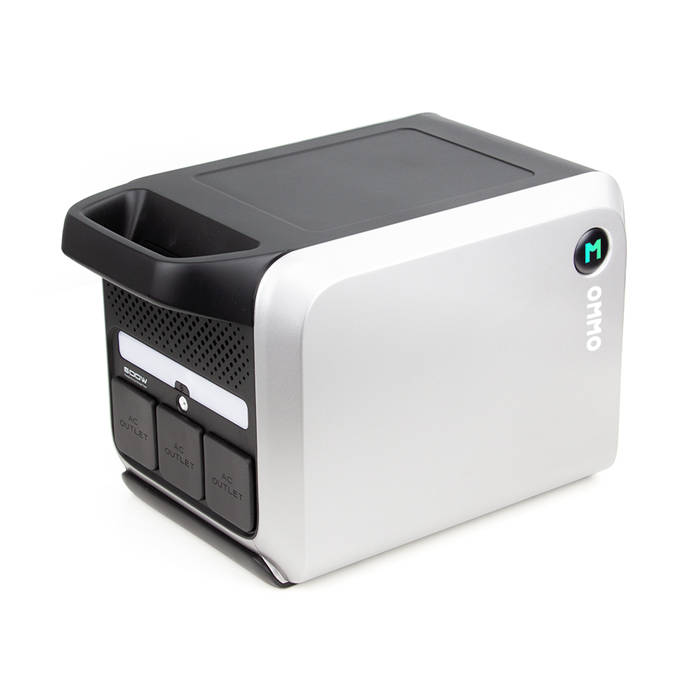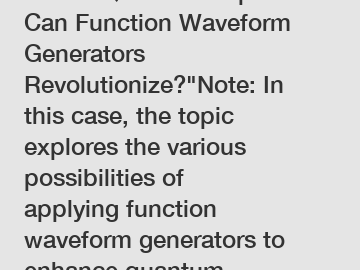Types, Physical and Operating Principle of Rotary Switches
Rotary switches make a circular motion and can stop in several positions. They are used to control many different circuits with a single switch. These devices have some advantages over other switches because the opening actuator can open or close the circuit depending on the position and there may be many different actuation positions. Rotary switches can also be designed to have multiple contacts occurring simultaneously at a single switch position.
Rotary switches can be found in many types of industrial equipment, but they can also be found in consumer equipment, such as for regulating fan speeds and oven power. Mechanical rotary switches are still in use today.
BAOKEZHEN gives you an overview of the basic structure and working principle of rotary switches.
Mechanical Life
Mechanical life represents the maximum life expectancy of a rotary switch. Typically, electrical life expectancy is lower than mechanical life, so consult the manufacturer.

Number of Poles
The number of poles is the number of individual circuits that can be activated at any given time. The number of controlled circuits determines the number of switch contacts, which in turn determines the number of poles required to turn the contacts on or off. Switches typically have one to four poles. The most common are single pole (SP), double pole (DP) or three pole switches (3P).
Angle
The angular distance between positions, in degrees, determines the number of switch positions. For example, a 4-position rotary switch has a throw angle of 90. For a 10-position rotary switch, the throw angle is 36.
Number of Decks
The number of decks is the maximum number of decks that can be connected to a common drive shaft. They are also called sections, wafers or modules. There are two basic styles: single and multi-layer. Each deck is a circular plate with an arrangement of contacts. Single-level rotary switches can control multiple circuits at once. Multi-layer rotary switches can control multiple circuits at once.
Number of poles per deck
The number of poles per deck is the number of individual circuits that can be activated by each deck's rotary switch. The output connections are often referred to as ways rather than throws. The number of terminals required determines how many positions the switch will have.

Switching Frames
Rotary switches are available in two different frames: open and closed. Open frame switches have visible moving parts for a self-cleaning contact system that ensures reliable operation. Internal parts are not visible in enclosed frames; however, they provide additional protection against dust and contamination.
Additional resources:What Are The 2 Types of Fiber Optic Cable?
The Quest for the Best Wireless Car Charger
what is cree led light
LCD Display Backlight
Uses & Applications of Diesel Generators
What are the benefits of a portable power station?
What are the advantages of USB guard patrol control with LED light for businesses?
Electrical Switch Specifications
The current/voltage rating is the current and voltage capacity tested when switching contact positions under load (current). Arcing occurs when switching positions under load. Over time, this arcing may cause contact wear.
Switch Contact Material
The electrical contacts in rotary switches are usually made of metallic materials. Precious or precious metals (such as gold or silver) are used for electrical contacts because they are resistant to oxidation and maintain low electrical contact resistance.
Stop Styles
Rotary switches with adjustable or continuous stops are often available. The stop style should be selected according to the needs of the application.
Adjustable stops give the user the option to stop when needed. The adjustable stop allows the user to use a 12-position switch and adjust it to any position between 2 and 12.

Contacts
Rotary switches have two basic types of contact: short and non-short.
Short-circuit or pass-before-disconnect switches prevent arcing during position changes, since the next position is connected before the previous one is disconnected. The contact is more narrow.
Non-short-circuit or break-before-close switches open the previous circuit before closing the next one, which has wider contact.
More articles:
Why Do High-End Mice Use Low-Cost Micro Switches?
What Is the Function of a Micro Switch?
Armoured vs. Unarmoured Cable: Unveiling the Differences, Benefits and Best Uses!
What are the 4 types of limit switch actuators?
What is the use of SF6 in RMU?
Why should I buy clamps online?
What sort of signal does a signal generator make?
What is Multilayer PCB, and How Does it Work?
What is a carriage bolt used for?
Related Articles
-
Unveiling the Benefits of 3KV Switchgear: Enhanced Safety, Efficiency & Reliability
-
Which Solar Systems Perform Best with Lithium Ion Batteries?
-
Which lithium prismatic cell offers the best warranty terms?
-
What accessories are required to carry power in overhead lines?
-
Which innovative plunger limit switch design adds versatility?









Comments
0